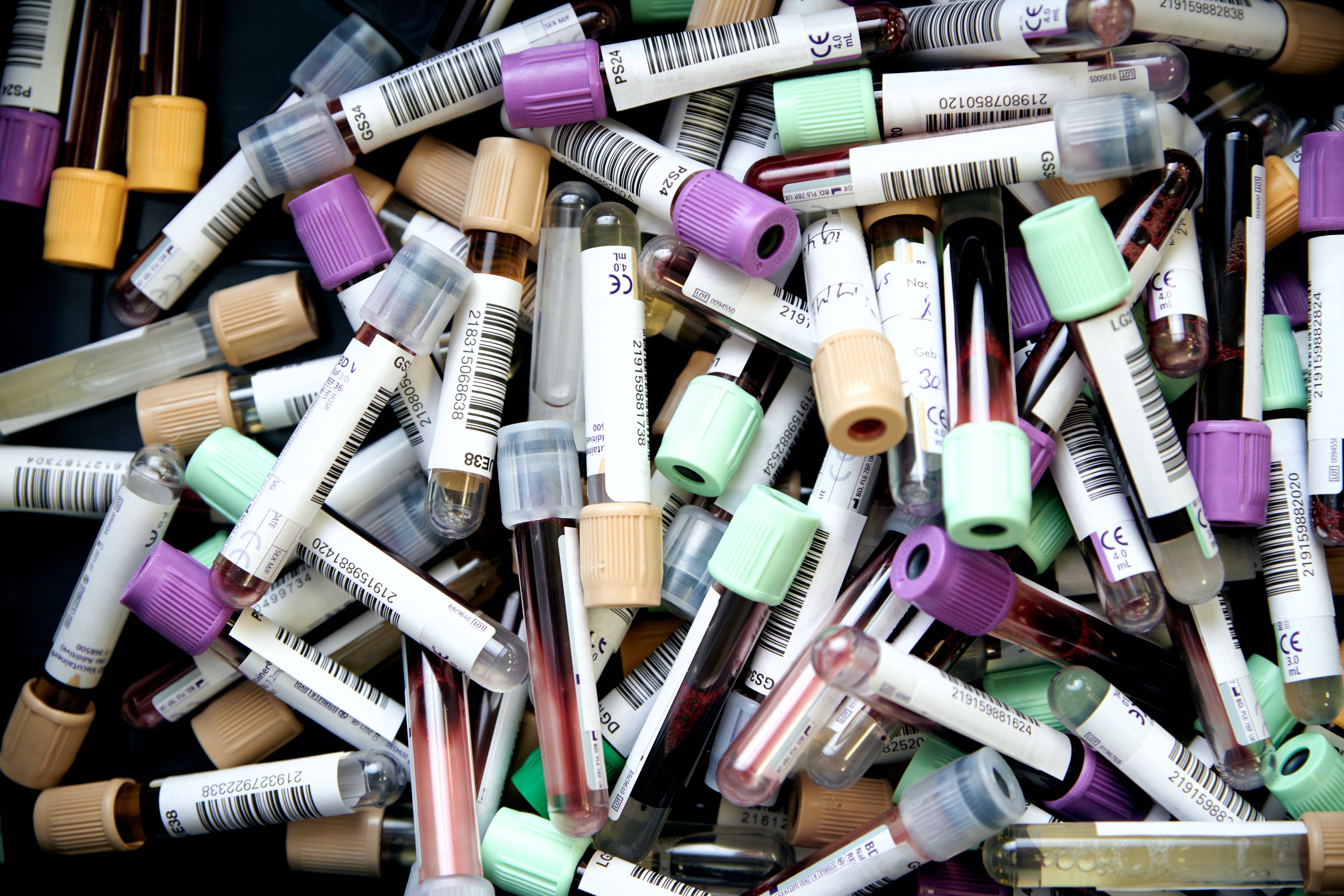News release
From:
‘Esperanza Patient’ possible case of natural cure of HIV infection without stem cell transplant
Case raises hopes that a sterilizing cure could be induced in larger numbers of people living with HIV
A patient diagnosed with HIV-1 infection in 2013 may have achieved a natural sterilization cure without stem cell transplantation. Genome-intact and replication-competent HIV-1 were not detected over 8 years of follow up despite analysis of massive numbers of cells from blood and tissue. These observations raise the possibility that a sterilizing cure may be an extremely rare but possible outcome in HIV-infection. The findings are published in Annals of Internal Medicine.
Antiretroviral therapy (ART) can effectively suppress viral replication in HIV-1 but a sterilizing cure during natural disease is currently considered elusive. A sterilizing cure refers to the complete elimination of replication-competent proviruses and has only ever been achieved by 2 patients, both of whom had leukemia and underwent allogenic hematopoietic stem cell transplants. A small subgroup of patients living with HIV, frequently called “elite controllers” have undetectable virus via polymerase chain reaction (PCR) assay, but reservoirs of replication-competent HIV-1 persist.
Researchers from Ragon Institute of MGH, MIT and Harvard and INBIRS Institute (UBA-CONICET) conducted a detailed investigation of an elite controller with undetectable virus after more than 7 years without ART. The investigators looked for viral particles in more than 1.5 billion cells from blood and tissue samples taken over a more than 4-year period. At no point was replication-competent virus detected, suggesting a naturally occurring sterilization cure. According to the researchers, these findings raise hopes that a sterilizing cure can be induced in larger numbers of people living with HIV. This patient is being referred to as the Esperanza Patient.



 International
International



